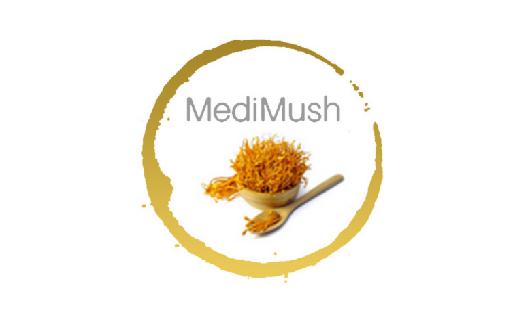How to Stop Rice from Damaging your Health
 Recently information has come to light that the way we generally cook rice
Recently information has come to light that the way we generally cook rice
Although it is accepted as standard, could actually be very damaging to our health.
You might be surprised to hear that there are traces of arsenic in your rice, but sadly that’s not all.
The reason arsenic is present in your rice is the industrial toxins and pesticides in the soil. This totally unacceptable situation has been present for many years, so in itself that’s not news; yet it doesn’t mean that enough of us are aware of the implications for our diet.
For a start, ‘experts’ have been unable to agree on what constitutes a safe level of arsenic; not that ‘official’ statistics are to be trusted anyway when you consider the main sources of them.
A new limit was apparently set by the EU last year, but common sense would dictate that you’re better off staying as far away as possible from substances like arsenic.
Although it is a naturally occurring chemical, anything that contributes to developmental problems, heart disease, diabetes and cancer can’t be the greatest news, especially in unnatural amounts.
Arsenic can be removed from rice
It is said that soaking the rice overnight in a pan is a way to rinse off traces of arsenic; MediMush recommends that only distilled water is used to remove traces of many chemicals.
That is what it does best, whereas other kinds of water may only be adding more toxins into your food anyway.
Fortunately, the way you cook your rice can reduce your exposure to arsenic. A University professor, Andrew Meharg (from Belfast University), tested different ways of cooking rice.
His first test constituted a ratio of one part rice, two-parts water and the water was steamed out through cooking.
The second test constituted one-part rice and five-parts water; excess water was rinsed off and levels of arsenic were reduced by fifty per cent. The third and final test saw the rice is left to soak overnight, which resulted in an arsenic reduction of eighty per cent.
The Professor’s conclusion was that right should be cooked this way:
- Measure the dry rice in a jug
- Soak overnight
- Wash then rinse it thoroughly, until the water runs clear
- Drain well
- Put it in a saucepan (five parts water, one part rice) add a pinch of salt and stir once
- Bring to the boil, then turn the heat right down and cover with a fitted lid
- Cook it on the lowest heat for 10-15 minutes without taking the lid off
- Fluff up with a fork
Unfortunately, rice causes other problems
It’s unlikely that we going to stop eating rice. It’s a staple part of dishes within so many of the world’s cultures; in some, it is the main ingredient for all dishes.
On the whole, we tend to eat too much of it, which contributes to excess weight. So obesity is another risk from overconsumption of such products, but unfortunately so is diabetes.
One cup of rice alone contains 240 calories, and this starch turns to sugar, which in turn becomes fat.
Again, there is good news, courtesy of a group of Sri Lankan chemical science students who found a way to consume it in a healthy way. They found that by adding coconut oil to it, more fat would be burned and only half of the calories absorbed.
Coconut oil saves the day… again
MediMush is first in line to extol the virtues of coconut oil. Quite simply, it’s a superfood. For the purposes of this article though, we’re just addressing the benefits it offers when combined with rice.
You might be pleased to know that only one extra step needs to be added to your usual recipe.
First of all, please note that this method will only work with traditional rice that has not been fortified. We recommend that if possible, you use the recipe offered above in order to remove the toxins.
The only difference is that you will add a teaspoon of extra virgin, raw, organic coconut oil to boiling water before you put the rice in.
For the best health benefits, it is recommended that you store the rice in the fridge for twelve hours before eating it. You may reheat it first if you wish to.
This has been shown to benefit diabetes and obesity, as it increases the resistant starch content tenfold.
The reason this method works well is that the starch granules absorb the coconut oil making the sugars resistant to your digestive enzymes.
When you call it by putting it in the fridge, the rice can release the start over the twelve-hour period. The starch binds to molecules outside the grains, and rice sugar becomes resistant to starch.
To summarise, you are reducing the amount of digestible rice, which means that you will also reduce the calories consumed. It has not yet been proven which is the best rice to use, but it would be sensible to avoid cheap white stuff and go for the higher quality brown or wild rice if possible.
An even better option would be to ditch rice completely and aim for some healthy grains like fibre-rich quinoa, organic sweet potatoes, squashes, cauliflowers, mushrooms and leafy green vegetables.
MediMush will repeat this until the day we are no more: a healthy, balanced diet is your biggest asset in life.




